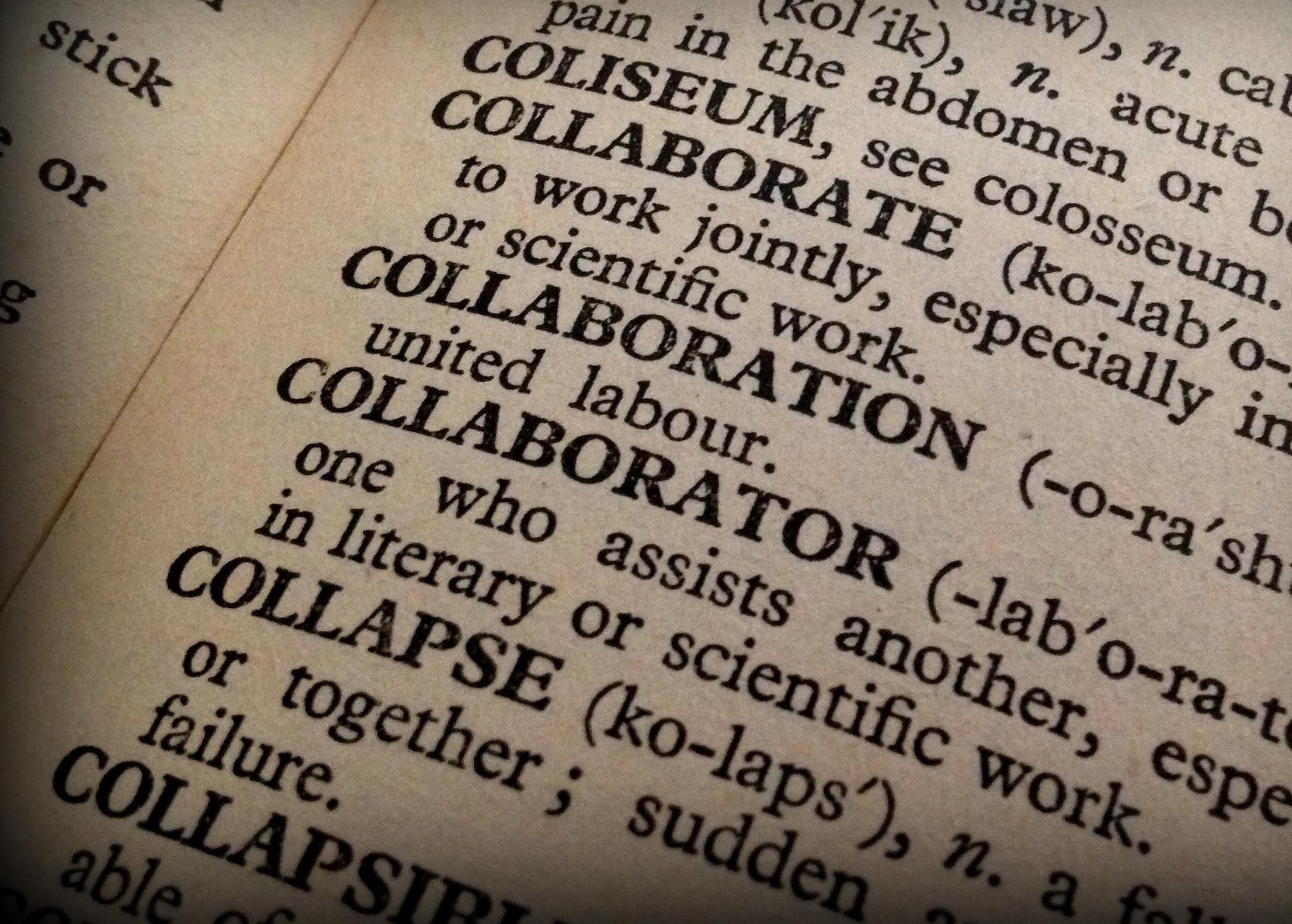
The Picture of Texas
-
The Need – Law Enforcement & CCR
The three most common sources for survivors’ initial disclosures about the abuse were to members of their own family, to a close friend, or to law enforcement.
Law enforcement can provide critical services and support to survivors of family violence, often linking survivors to family violence programs, transportation, and assisting with temporary safety measures. At the same time, survivors also report that a lack of sensitivity to the dynamics of domestic violence can lead them to disengage or hesitate in seeking help from law enforcement, particularly if a prior interaction felt unsupportive. This is exacerbated for some traditionally underserved communities who may have seen or experienced racial or immigration bias. Given that law enforcement is often a first responder to family violence cases and may be the only lifeline for survivors who are extremely isolated, this highlights a significant challenge for Texas.
The actions of law enforcement officers at the scene of a family violence call can shape the success of the case, but, just as importantly, it can shape a survivor’s access to services and other supports. Law enforcement may serve as facilitators to help for many survivors by offering referrals, connecting survivors to medical treatment, and offering support on the scene. A positive first interaction with one system can determine whether a survivor accesses services from any additional system in the future.
-
Future of Texas – Law Enforcement & CCR
A survivor’s likelihood of seeking future help can be greatly impacted by their interactions with law enforcement. Only 47% of family violence agencies that were surveyed for the State Plan are part of a coordinated community response (CCR) team, and 37% of family violence agencies are part of a domestic violence task force. CCR’s are an inter-agency effort to create more effective interventions to enhance safety for victims, accountability for offenders, and change the climate of tolerance toward violence in the community. Family violence agencies should continue to make more meaningful connections with local law enforcement and provide continual education related to the dynamics of family violence, supporting marginalized communities, and available services. Additionally, law enforcement agencies should seek and obtain more education and support on cultural and racial issues to serve as better advocates for all survivors. By working more collaboratively, law enforcement and family violence programs can create more positive and supportive experiences for survivors who access the criminal justice system.

Texas Council on Family Violence
PO Box 163865
Austin, TX 78716
P 512.794.1133
F 512.685.6397
800.525.1978
Intranet
Staff Login
Board Login
© 2020 Texas Council on Family Violence